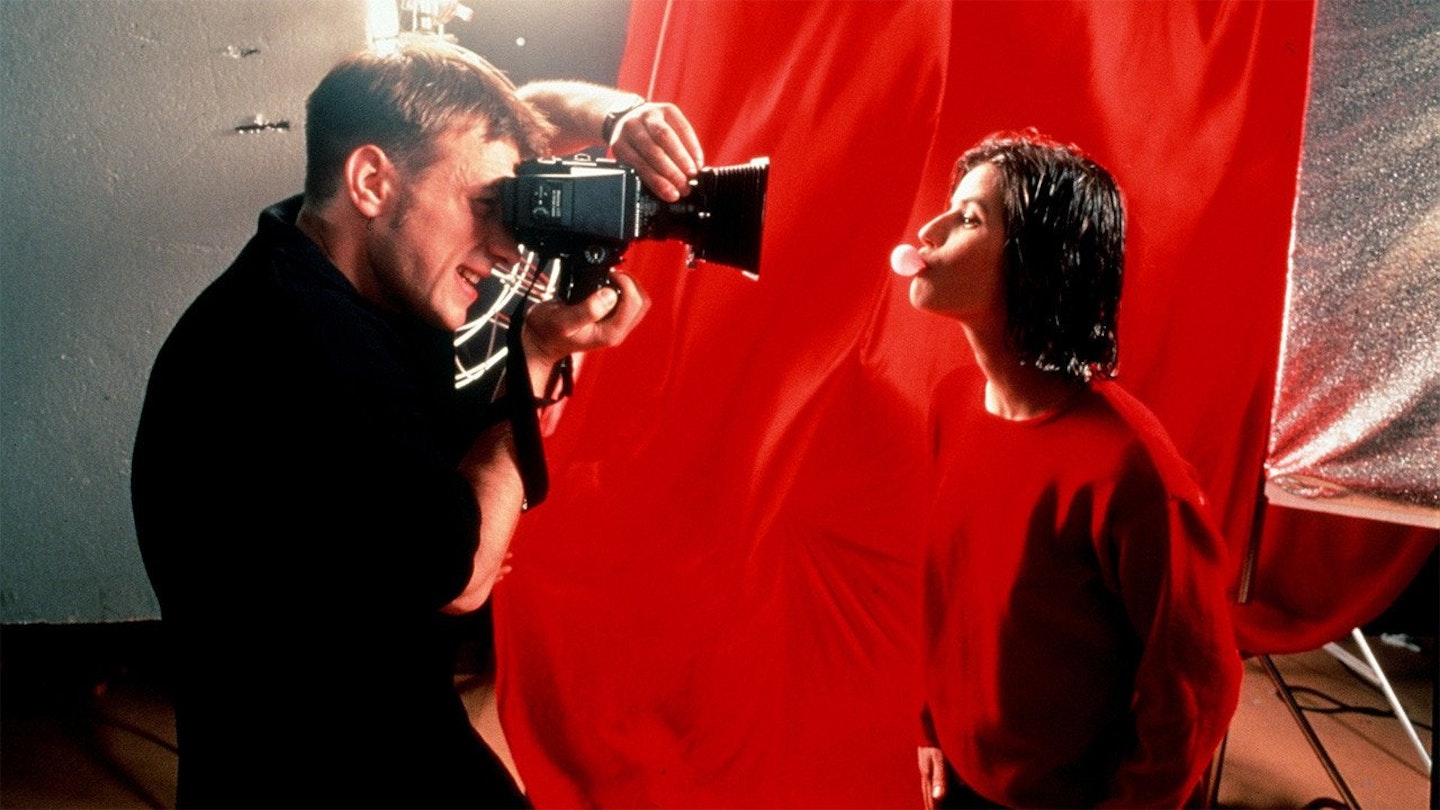The third and final part of the trilogy of films inspired by the symbolism of the French tricolour, Red was a fitting summation of Kieslowski's oeuvre (even before he failed to win the Palme D'Or at Cannes that year, he insisted he was retiring to Poland for good), as well as an adept recapitulation of the themes of the previous two films. Whereas Blue dealt with "liberty" and white with "equality" in bold strokes, Red manages to dissolve "fraternity" into a motif always present in Kieslowski's films: the idea that we live in a fated universe.
Red begins with a misplaced telephone call and ends with a shipping disaster and plays skilfully with the idea of random contact at all points in between. Valentine (Jacob) is a solitary and restless model who lives in the same Swiss neighbourhood as an ambitious young lawyer (Lorit). The pair cross each other's paths constantly, but never meet until they are thrown together by fate at the very end of the film.
The pivotal figure in all this is the retired judge (Trintignant) Valentine meets after a street accident. Embittered, sorrowful and careless, he spends all his time eavesdropping on his neighbours. Slowly the old man and the young woman begin to straighten each other out, until everything falls into place and the climactic image of the film arrives with the force of a revelation. Exquisitely shot, superbly acted and deftly written, this is easily one of the best arthouse films of the nineties.
